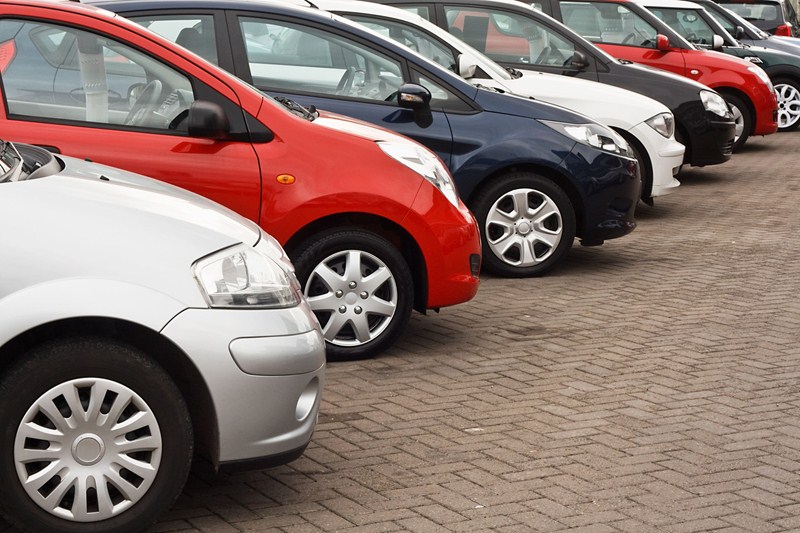A partnership is a relatively simple way for two or more persons to set up and run a business together with a view to making a profit. Partnerships can take many forms. Legal persons other than individuals can also be partners in a partnership.
There are two main types of partnership, a conventional one with two or more partners in the business. There is also a limited liability partnership or LLP, this more complex structure provides partners with the protection of limited liability, just as with a company.
HMRC’s manuals are clear that a partnership may exist without a written agreement or on the basis that a later written agreement gives formal expression to an existing oral agreement. The date of the formation of the partnership remains the date on which the terms of the oral agreement were implemented.
Where, however, a written agreement creates a partnership where none exists already, it is effective only from the date of execution and implementation of the written agreement. It has no retrospective effect.












